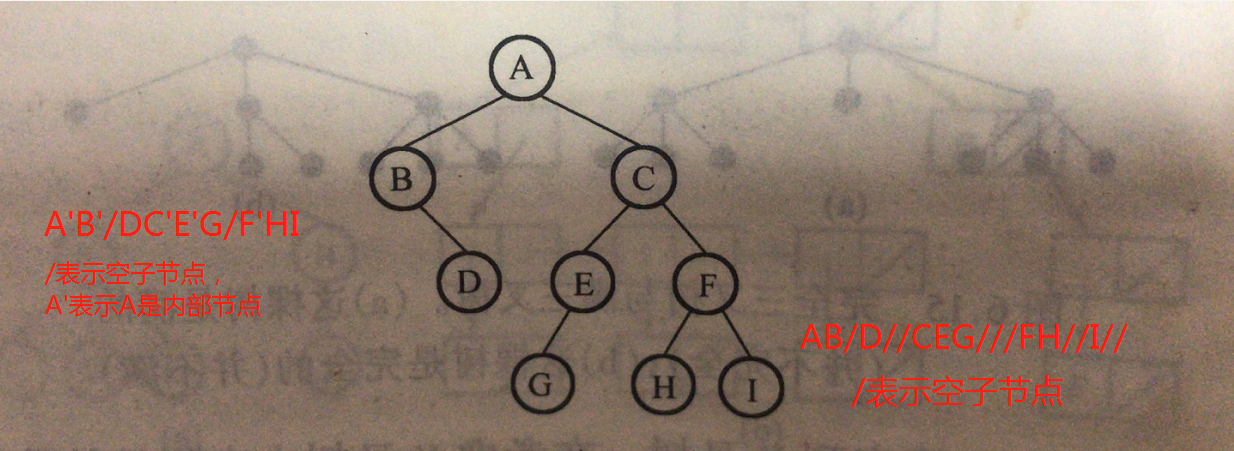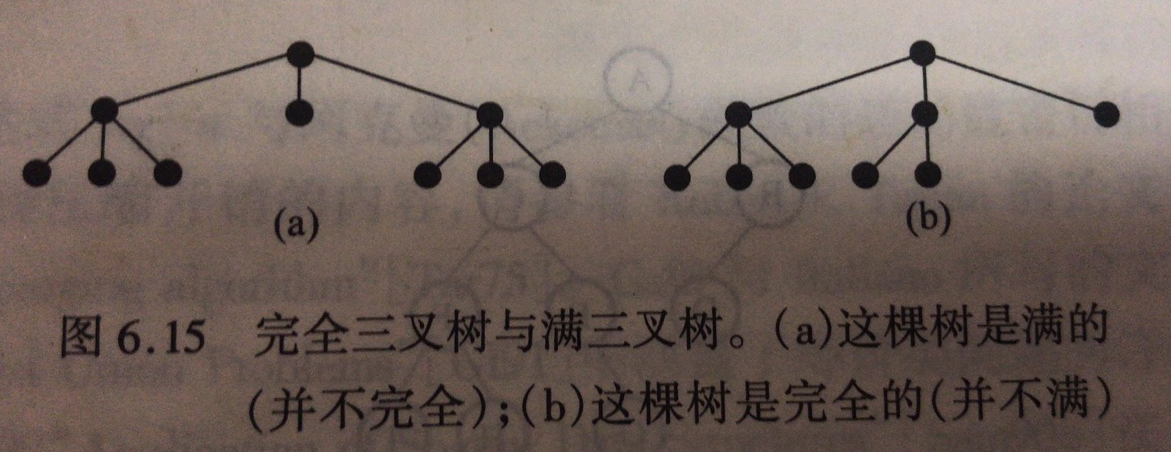一、二叉树
涉及到树,一定要想到树的深度,一般越小越好。
点击查看【processon】
满二叉树:每个节点都有0或2个子节点。
完全二叉树:
1、从根节点起每层必须左到右填充。
2、高度为d,除了d-1层以外,每次都是满的。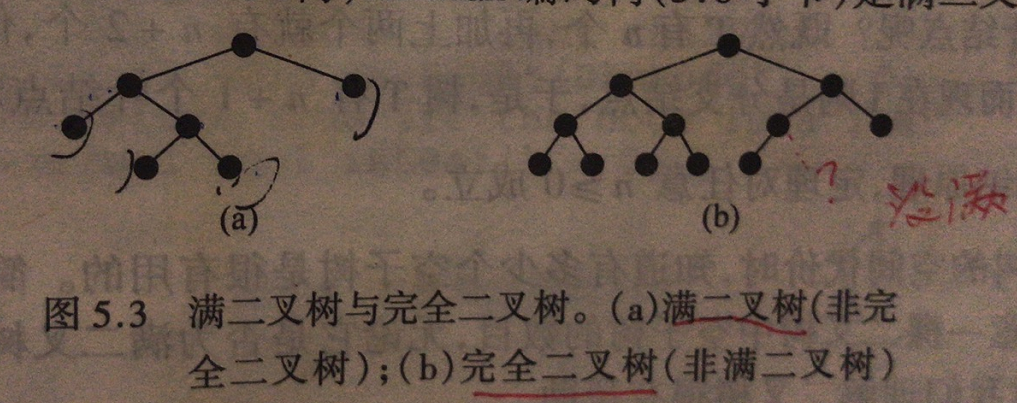
满二叉树定理:非空满二叉树,叶节点 = 内部节点 + 1。
二叉树定理:非空二叉树,空子树 = 节点数 + 1。
二叉树节点ADT
template<class Elem> class BinNode{public:virtual Elem& val() = 0;virtual void setVal(const Elem&) = 0;virtual BinNode* left() const = 0;virtual BinNode* right() const = 0;virtual void setLeft(BinNode *) = 0;virtual void setRight(BinNode *) = 0;virtual bool isLeaf() = 0;}
1、周游(遍历)二叉树
前序遍历:根 -> 左 -> 右。
后序遍历:左 -> 右 -> 根。
中序遍历:左 -> 根 -> 右。
C++代码实现:
//前序遍历template<class Elem>void preorder(BinNode<Elem>* root){if(root == NULL) return;visit(root);preorder(root->left());preorder(root->right());}
//计算节点数template<class Elem>void count(BinNode<Elem>* root){if(root == NULL) return 0;return 1 + count(root->left()) + count(root->right());}
2、二叉树实现
二叉树实现(指针)

template<class Elem>class BinNodePtr : public BinNode<Elem>{private:Elem val;BinNodePtr* left;BinNodePtr* right;public:BinNodePtr(){left = right = NULL;}BinNodePtr(const Elem* elem, BinNodePtr* l = NULL, BinNodePtr* r = NULL){it = elem;left = l;right = r;}~BinNodePtr(){};Elem& val(){return val;}void setVal(const Elem& elem){val = elem;}BinNode* left() const{return left;}BinNode* right() const{return right;}void setLeft(BinNode * l){left = (BinNodePtr*) l;}void setRight(BinNode * r){right = (BinNodePtr*) r;}bool isLeaf(){return (left == NULL) && (right == NULL);}}
弊端(分支、叶节点不分)
分支节点和叶节点是两种节点。根据二叉树的实际应用经验,叶节点和分支节点的作用有很大不同,比如可能只有叶节点存储数据,可能两种节点存储的数据不同。所以分支节点和叶节点需要分开定义。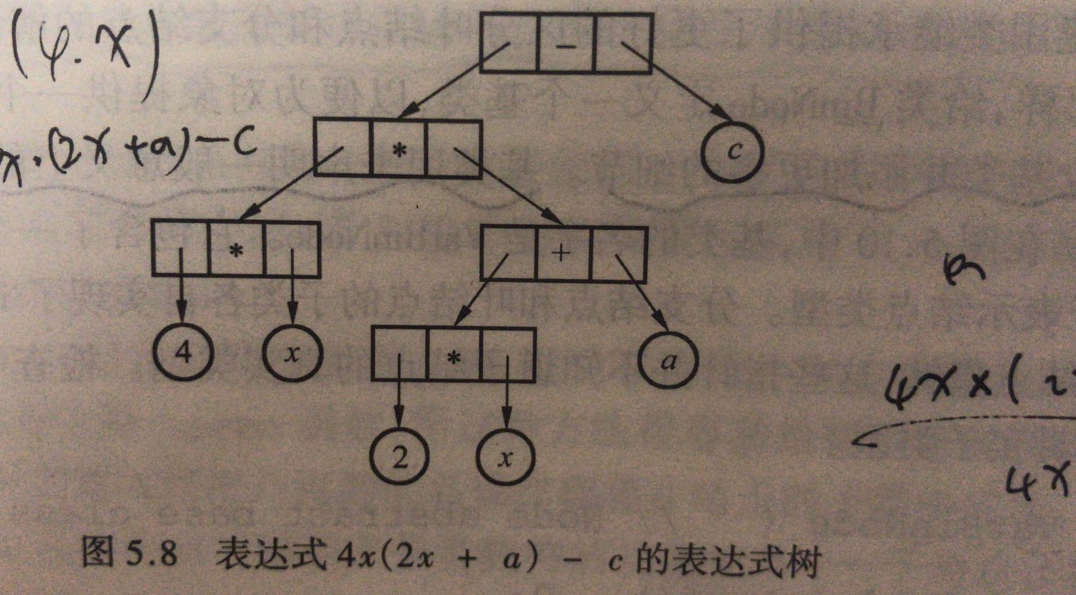
class VarBinNode{public:virtual bool isLeaf() = 0;}//叶节点class LeafNode : public VarBinNode{private:Operand var;public:LeafNode(const Operand& val){ var = val; }bool isLeaf(){ return true; }Operand value(){ return var; }}//内部节点(分支节点)class IntlNode : public VarBinNode{private:VarBinNode* left;VarBinNode* right;Operator opx;public:IntlNode(const Operator& op, VarBinNode* l, VarBinNode* r){opx = op;left = l;right = r;}bool isLeaf(){ return false; }VarBinNode* leftchild(){ return left; }VarBinNode* rightchild() { return right; }Operator value(){ return opx; }}//前序遍历void traverse(VarBinNode* subroot){if(subroot == NULL) return;if(subroot->isLeaf())cout << "Leaf:"<< ((LeafNode*)subroot)->value() << endl;else{cout << "Internal:"<< ((IntlNode*)subroot)->value() << endl;traverse(((IntlNode*)subroot)->leftchild());traverse(((IntlNode*)subroot)->rightchild());}}
结构性开销
存储左右节点的指针占据空间(结构性开销)。
内部节点可能不存储数据,空间使用率低。
降低结构性开销:数组实现完全二叉树
完全二叉树的特性,节点的填充是有顺序的,从左到右。如果按顺序塞入数组元素,则根据数据下标即可知道父节点、左/右子节点。
设节点总数n,范围(0 ~ n - 1),节点 r 的亲属计算公式如下:
Parent(r) = (r - 1) / 2; //当 r != 0 时。Leftchild(r)= 2r + 1; //当 2r + 1 < n 时。Rightchild(r) = 2r + 2; //当 2r + 2 < n 时。Leftsibling(r) = r - 1; //左兄弟,r为偶数且0 <= r <= n-1时Rightsibling(r) = r + 1; //右兄弟,r为奇数且r + 1 < n时
3、二叉查找树
Binary Search Tree,BST,二叉检索树,二叉排序树。
无序表实现的字典,插入很快(末端),查找O(n)。
数组有序表实现的字典,二分查询O(n),插入很慢。
二叉查找树,满足条件:左子树值 <= 根值 <= 右子树值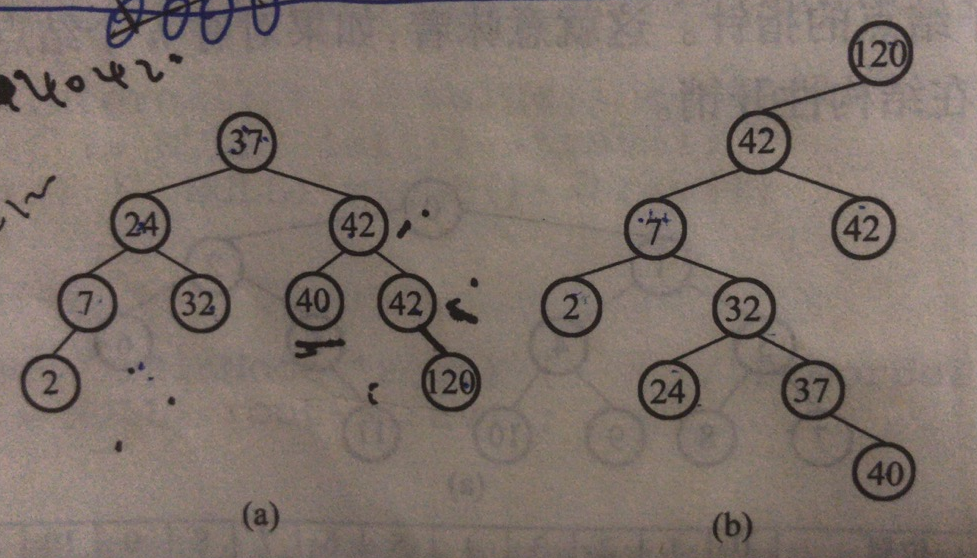
template<class Key,class Elem, class KEComp, class EEComp>class BST : public Dictionary<Key, Elem, KEComp, EEComp>{private:BinNode<Elem>* root;int nodecount;private:void clearhelp(BinNode<Elem>*); //删除全部节点//在节点r下插入一个值 = t的节点。返回被插入节点的父节点。//在二叉树中插入节点//r: 被插树的root节点//t: 插入节点的节点值//ret: 被插入节点的父节点BinNode<Elem>* inserthelp(BinNode<Elem>* r, const Elem& t);//删除r节点下的最小节点,保存在t,返回被删除节点的右子树。//删除二叉树的最小节点//r: 二叉树根节点//t: 被删除节点//ret: 被删除节点的右子树//注意“删除”,只是将值抹除。例如://删除一个有left/right节点的节点target,其实就是://target->setValue(right子树中的最小值)BinNode<Elem>* deletemin(BinNode<Elem>* r, BinNode<Elem> *& t);//删除r节点下满足K的子节点,并保存在t。返回//删除二叉树中指定Key的节点//r: 二叉树根节点//K: 指定Key值//t: 被删除节点//ret: 二叉树不存在Key的节点,返回r,注意递归调用每个r不同// : 存在Key的节点,返回值有三种情况:// : 如果被删节点只有一个子节点,则返回子节点// : 如果被删节点有两个子节点,就返回被删节点指针,从有节点中选择最小节点的值赋值给被删节点。BinNode<Elem>* removehelp(BinNode<Elem>* r, const Key& Key, BinNode<Elem> *& t);//查找r节点下满足K的子节点,并保存在tbool findhelp(BinNode<Elem>* r, const Key& K, Elem& t) const;//中序遍历void printhelp(BinNode<Elem>*, int) const;public:BST(){root = NULL;nodecount = 0;}~BST(){clearhelp(root);}void clearhelp(BinNode<Elem>* subroot){if(subroot == NULL) return;clearhelp(subroot->left());clearhelp(subroot->right());delete subroot;}BinNode<Elem>* inserthelp(BinNode<Elem>* subroot,const Elem& e){if(subroot == NULL) return NULL;}//一直沿着左子树找,直到没有左子树。BinNode<Elem>* deletemin(BinNode<Elem>* subroot, BinNode<Elem>* &min){if(subroot->left() == NULL){ //没有左子树,说明subroot就是最小节点min = subroot; //最小节点return subroot->right(); //返回最小节点的右子树,方便递归的时候,//把这个右子树设置成被删节点父节点的左子树。//也就是代替被删节点。}else{//这个setleft有两种情况:////第一种情况:递归到了最左节点,也就是//deletemin返回被删节点右子树//此时的subroot是被删节点的父节点//所以setleft是把subroot的左子树设置为被删节点的右子树。////第二种情况:递归途中,返回的就是递归节点//此时的subroot就是递归节点,deletemin返回的就是subrrot的左子节点//所以setleft其实没干什么,但是这样代码更简化,唯一作用就是上面的第一种情况。subroot->setLeft(deletemin(subroot->left(), min));//递归过程中,还没递归到最左节点,则返回递归节点return subroot;}}BinNode<Elem>* removehelp(BinNode<Elem>* subroot, const Key& K, BinNode<Elem>*& t){if(subroot == NULL) return NULL;else if(KEComp::lt(K, subroot->val()))subroot->setLeft(removehelp(subroot->left(), K, t));else if(KEComp::gt(K, subroot->val()))subroot->setRight(removehelp(subroot->right(), K, t));else{BinNode<Elem>* temp;t = subroot;if(subroot->left() == NULL)subroot = subroot->right();else if(subroot->right() == NULL)subroot = subroot->left();else{subroot->setRight(deletemin(subroot->right(), temp));Elem te = subroot->val();subroot->setVal(temp->val());temp->setVal(te);t = temp;}}return subroot;}bool findhelp(BinNode<Elem>* subroot, const Key& K, Elem& e){if(subroot == NULL) return false;else if(KEComp::lt(K, e)) return findhelp(subroot->leftchild(), K, e);else if(KEComp::gt(K, e)) return findhelp(subroot->rightchild(), K, e);else{e = subroot->val();return true;};}//中序遍历void printhelp(BinNode<Elem>* subroot, int level){if(subroot == NULL) return;printhelp(subroot->left(), level + 1);for(int i = 0; i < level; i++){cout << " ";}cout << subroot->val() << "\n";printhelp(subroot->right(), level + 1);}//以下是字典的虚函数public:void clear(){ //重新初始化clearhelp(root);root = NULL;nodecount = 0;}bool insert(const Elem& e){ //插入一个元素root = inserthelp(root, e);nodecount++;return true;}bool remove(const Key& K, Elem& e){ //根据key删除元素BinNode<Elem>* t = NULL;root = removehelp(root, K, t);if(t == NULL) return false;e = t->val();nodecount++;delete t;return true;}//按照自定义规则删除一个元素,循环执行则最终会清空字典。bool removeAny(Elem& e){if(root = NULL) return false;BinNode<Elem>* t;root = deletemin(root, t);e = t->val();delete t;nodecount++;return true;}bool find(const Key&, Elem&){ //根据key查找元素return findhelp(root, K, e);}int size(){return nodecount;}void print(){if(root == NULL) cout << "the BST is empty.\n";else printhelp(root, 0);}}
查插删改性能
1、findhelp、inserthelp取决于深度depth。
2、removehelp取决于被删节点的depth。
3、遍历复杂度 = O(n)。
4、log n <= 树深度depth <= n,depth越小,树越平衡。
5、算法最差O(n),最好O(log n)。
6、二叉查找树平衡度不稳定,所以性能也不稳定。
4、堆与优先队列
堆是完全二叉树,根、左、右存在相同的关系R。
完全二叉树使得平衡度最大化。
根节点:parent,左右节点:left、child。
最大值堆:parent >= max(left,right)的完全二叉树,max-heap。root最大。
最小值堆:parent <= min(left,right)的完全二叉树,min-heap。root最小。
注意和二叉查找树区分:
template<class Elem, class Comp>class maxheap{private:Elem* Heap; //堆的物理结构,数组,节点位置pos就是相应的数组下标。//所以0是堆顶,完全二叉树特性,n/2以后是叶节点。//建堆的情况有两种://一:构造函数的时候,传入了一个数组的数据,然后这些数据进行建堆。//二、构造的时候是空的,然后一个一个insert进来。int size; //堆的空间大小int n; //当前元素个数void siftdown(int pos); //pos的左右子树已经是堆。//把pos节点“下沉”到正确的位置,即父节点比左右子节点大。public:maxheap(Elem* h, int num, int max); //数组h有num个元素,数组总长度是max。int heapsize() const ; //堆空间大小bool isLeaf(int pos) const; //pos是否是叶节点位置int leftchild(int pos) const; //pos是左节点?int rightchild(int pos) const; //pos是右节点?int parent(int pos) const; //pos的父节点位置bool insert(const Elem&); //插入元素,注意插入过程可不像BST//为了保持完全二叉树结构,首先插入堆最后面//然后“上浮”到正确位置(不断与父节点比较)bool removemax(Elem&); //删除根节点,注意实际上没有真的delete。//根节点和最后一个节点交换,然后新的根节点“下沉”//到正确位置,此时的最后一个节点就是删除的根节点。//在堆排序,用的上,removemax的过程其实就是排序的过程bool remove(int pos, Elem&); //删除pos位置节点//pos位置节点和最后一个节点n对换//接下来同removemax工作。void buildheap(); //Heapify contents of Heap,一个一个插入元素private:void siftdown(int pos){while(!isLeaf(pos)){int maxChildPos = leftchild(pos);int rc = rightchild(pos);if((rc < n) && Comp::lt(Heap[maxChildPos], Heap[rc]))maxChildPos = rc;if(!Comp::lt(Heap[pos], Heap[maxChildPos])) return;swap(Heap, pos, maxChildPos);pos = maxChildPos;}}public:maxheap(Elem* h, int num, int max){Heap = h;n = num;size = max;buildHeap();}int heapsize() const{ return n; }bool isLeaf(int pos) const { return (pos >= n / 2) && (pos < n); }int leftchild(int pos) const{ return pos*2 + 1; }int rightchild(int pos) const{ return pos*2 + 2; }int parent(int pos) const{ return (pos-1) / 2; }bool insert(const Elem& val){if(n >= size) return false;int curr = n++;Heap[curr] = val; //为了保持完全二叉树结构,插入堆尾,也就是数据最后一位。while((cur != 0) && (Comp::gt(Heap[curr], Heap[parent(curr)]))){//将堆尾节点“上浮”到正确位置。swap(Heap, curr, parent(curr));curr = parent(curr);}return true;}bool removemax(Elem& it){if(n == 0) return false;swap(Heap, 0, --n); // 把最后一个节点和根节点对调if(n != 0) siftdown(0); // 把新的root节点重新“下沉”it = Heap[n]; // swap之后,n位置的节点就是要删除的root节点return true;}bool remove(int pos, Elem& t){if((pos< 0) || (pos >= n)) return false;swap(Heap, pos, --n);//这是教材中的一段代码,不为什么考虑pos节点和父节点的比值,//按理说父节点肯定是大于pos节点值的。此时pos值为堆尾节点//按理说肯定是更大的,无需考虑交换的,没有明白????while((pos != 0) && (Comp::gt(Heap[pos], Heap[parent(pos)])))swap(Heap, pos, parent(pos));siftdown(pos); //将新插入的堆尾节点“下沉”到正确位置。it = Heap[n];return true;}void buildheap(){//n / 2之后是叶节点,无需移动for(int i = n / 2 - 1; i >= 0; i--)siftdown(i);}}
5、Huffman编码树
5.1、构建Huffman树
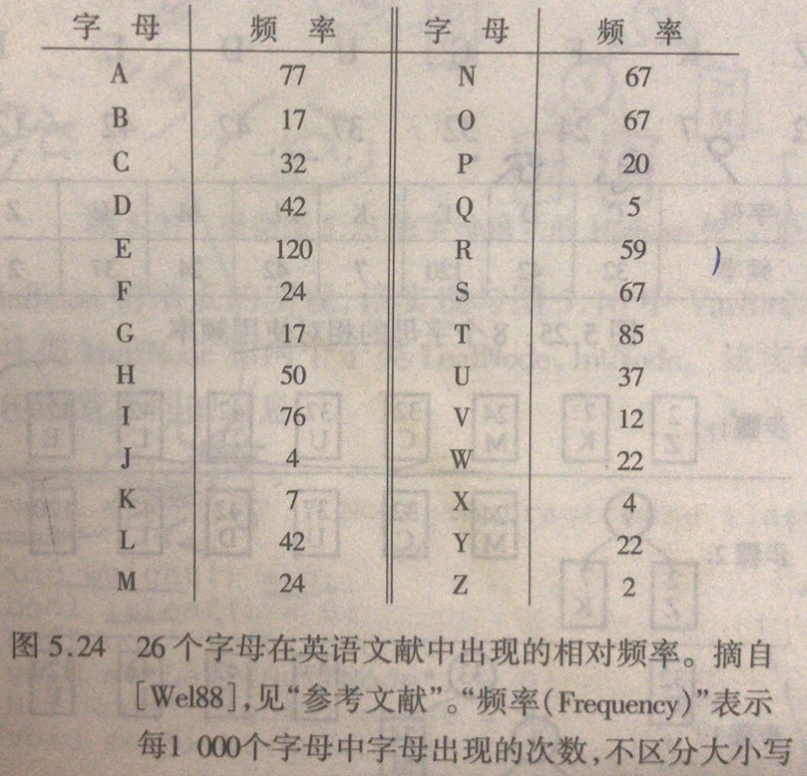
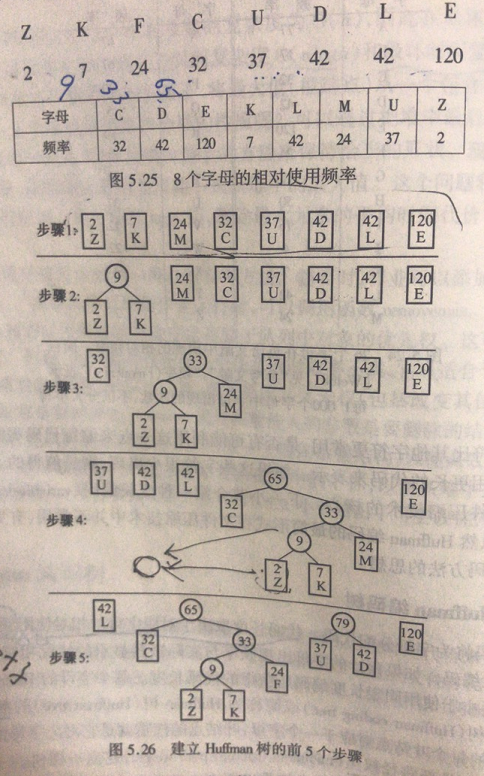
类设计:
HuffNode
LeafNode
IntlNode
FreqPair
HHComp
HuffTree
buildHuff:通过一个有序链表来对不断构建的HuffTree进行保存和排序。顺序是从HHComp的方法排列。
template<class Elem>class HuffNode{public:virtual int weight() = 0;virtual bool isLeaf() = 0;virtual HuffNode* left() const = 0;virtual HuffNode* right() const = 0;virtual void setLeft(HuffNode*) = 0;virtual void setRight(HuffNode*) = 0;}//Huffman树的叶节点,保存字幕template<class Elem>class LeafNode : public HuffNode<Elem>{private:FreqPair<Elem>* it; //存储字母Elem、和他出现次数(权重)对。public:LeafNode(const Elem& val, int freq){it = new FreqPair<Elem>(val, freq);}int weight(){ return it->weight() }FreqPair<Elem>* val(){ return it; }bool isLeaf(){ return true; }virtual void setLeft(HuffNode*){}virtual void setRight(HuffNode*){}virtual HuffNode* left() const{ return NULL; }virtual HuffNode* right() const{ return NULL; }}//Huffman树的内部节点。template<class Elem>class IntlNode : public HuffNode<Elem>{private:HuffNode<Elem>* lc;HuffNode<Elem>* rc;int wgt;public:IntlNode(HuffNode<Elem>* l, HuffNode<Elem>* r){wgt = l->weight() + r->weight();lc = l; rc = r;}int weight() { return wgt; }bool isLeaf(){ return false; }HuffNode<Elem>* left() const { return lc; }HuffNode<Elem>* right() const { return rc; }void setLeft(HuffNode<Elem>* b) { lc = (HuffNode*)b; }void setRight(HuffNode<Elem>* b) { rc = (HuffNode*)b; }}template<class Elem>class FreqPair{private:Elem it;int freq;public:FreqPair(const Elem& e, int f){ it = e; freq = f; }~FreqPair(){}int weight(){ return freq; }Elem& val() { return it; }}template<class Elem>class HuffTree{private:HuffNode<Elem>* theRoot;public:HuffTree(Elem& val, int freq){theRoot = new LeafNode<Elem>(val, freq);}HuffTree(HuffTree<Elem>* l, HuffTree<Elem>* r){theRoot = new IntlNode<Elem>(l->root(), r->root());}~HuffTree(){};HuffNode<Elem>* root(){ return theRoot; }int weight(){ return theRoot->weight(); }}template<class Elem>class HHComp{public:static bool lt(HuffTree<Elem>* x, HuffTree<Elem>* y){return x->weight() < y->weight();}static bool eq(HuffTree<Elem>* x, HuffTree<Elem>* y){return x->weight() == y->weight();}static bool gt(HuffTree<Elem>* x, HuffTree<Elem>* y){return x->weight() > y->weight();}}template<class Elem>HuffTree<Elem>* buildHuff(SLList<HuffTree<Elem>*, HHCompare<Elem> >* fl){HuffTree<Elem> *temp1, *temp2, *temp3;for(fl->setStart(); fl->leftLength() + fl->rightLength() > 1; fl->setStart()){St//第二个setStart是因为循环中remove链表节点//需要setStart重新定位栅栏到头部。fl->remove(temp1);fl->remove(temp2);temp3 = new HuffTree<Elem>(temp1, temp2);fl->insert(temp3);delete temp1;delete temp2;}return temp3;}
5.2、Huffman编码
二、一般树(general tree)
前序、后序遍历和二叉树差不对,中序遍历一般用不到,因为子节点数量不确定。
1、ADT(右兄弟表示法)
一个(最左节点),以及下一个(右邻近)兄弟节点。即可遍历全部节点。
template<class Elem>class GTNode{public:GTNode(const Elem&);~GTNode();Elem value();bool isLeaf();GTNode* parent();GTNode* leftmost_child(); //最左子节点GTNode* right_sibling(); //右邻近 兄弟节点void setValue(Elem&);void insert_first(GTNode<Elem>*); //插入到最左边子节点左边void insert_next(GTNode<Elem>*); //插入到最右边节点右边void remove_first(); //同上void remove_next(); //同上}template<class Elem>class GenTree{private:void printHelp(GTNode*); //打印树public:GenTree();~GenTree();void clear();GTNode* root();void newroot(Elem&, GTNode<Elem>*, GTNode<Elem>*);void print();private:// 前序遍历void printHelp(GTNode* subroot){if(subroot->isLeaf()) cout << "Leaf: ";else cout << "Internal: ";cout << subroot->value() << "\n";for(GTNode<Elem>* temp = subroot->leftmost_child(); temp != NULL;temp = temp->right_sibling())printhelp(temp);}}
2、ADT(父指针表示法)
每个节点只保存父节点指针,虽然没有右兄弟法存储的信息多,但是足够解决一些有用问题。比如:
1、节点是否在同一树中(FIND,找(最)父节点)
2、归并两个集合(UNION)
称为UNION/FIND算法。
//array[k] = v,v是k的父节点class GENtree{private:int* array;int size;int FIND(int curr) const;public:Gentree(int sz);~Gentree();void UNION(int a, int b); //并入a、b节点,使用他们有相同的最顶级根节点。bool differ(int a, int b); //a、b是否有相同的最顶级根节点}private:int FIND(int curr) const{ //找到最顶层的根节点while(array[curr] != ROOT) curr = array[curr];return curr;}//路径压缩合并int FIND(int curr) const{if(array[curr] == ROOT) return curr;return array[curr] = FIND(array[curr]);}public:Gentree(int sz){size = sz;array = new int[sz];for(int i = 0;i < sz;i++)array[i] = ROOT;}~Gentree(){ delete[] array };//这里直接让b节点存储a节点的位置void UNION(int a, int b){ //这里直接让b节点存储a节点的位置int root1 = FIND(a);int root2 = FIND(b);if(root2 != root1) array[root2] = root1;}bool differ(int a, int b){ return FIND(a) == FIND(b); }}
这个UNION涉及到如何合并,当然要使树的深度尽可能低,有两种方法:
重量权衡合并
在UNION的时候,“小”树合并到“大”树上,大小说的是树的深度。
路径压缩
每次FIND的时候,递归FIND,让一个节点指向ROOT,其他节点指向这个节点。
3、树的实现
方法一、节点数组,子节点链表
数组保存树的节点,每个节点保存:
一个子节点链表
一个父节点。
这样的话,难找兄弟节点。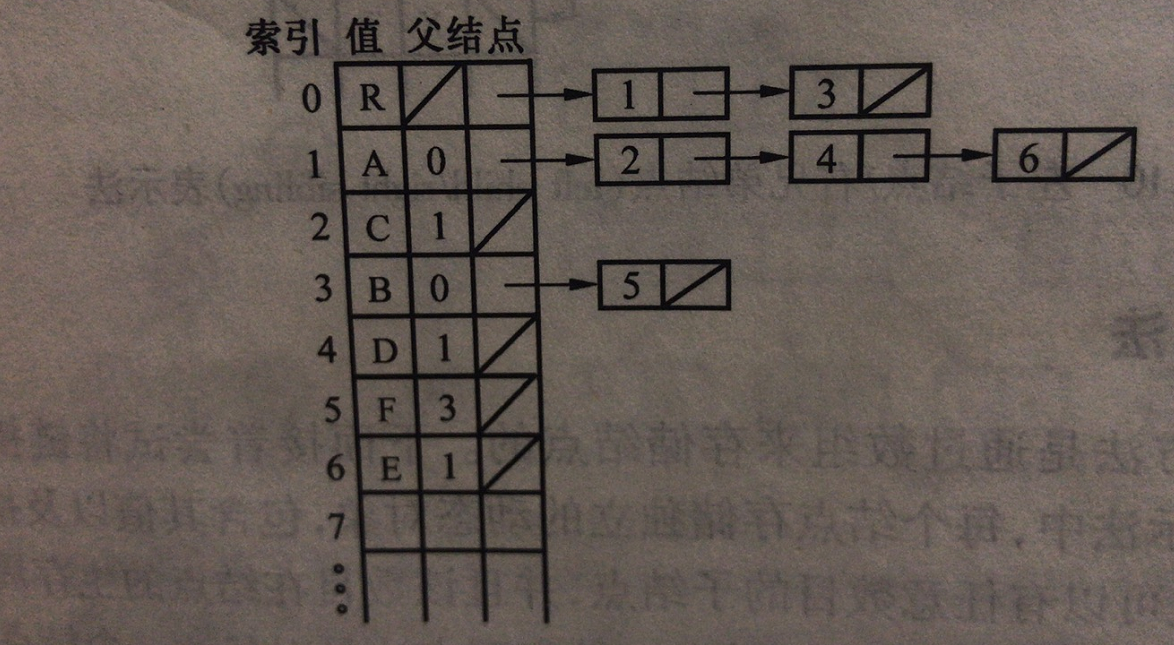
方法二:左子节点、右兄弟节点
数组保存树节点。
每个节点保存:
父节点、
最左子节点
右侧兄弟节点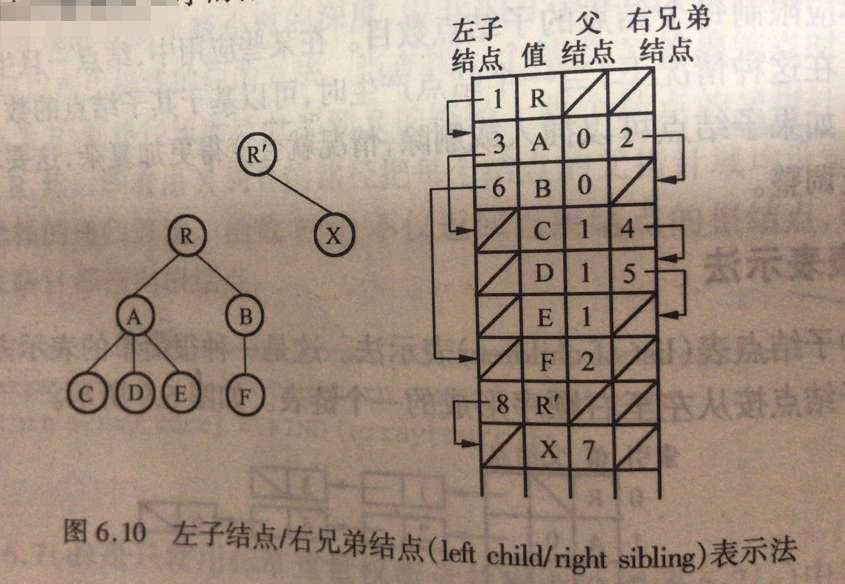
改进2:“动态子节点数组”表示法
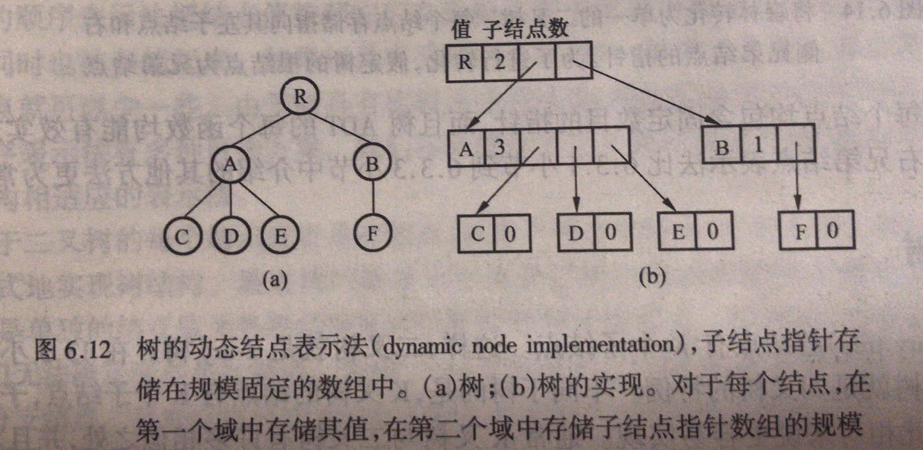
每个节点保存一个数组指针,数组存储的是子节点指针。在子节点创建的时候就知道了所有的子节点,创建的数组由可利用空间管理,当节点插入子节点时,数组又刚好满了,就从可利用空间要一个更大一点的数组,原来的数组回收。
方法3:“动态节点”表示法
方法4:“化森林为二叉”
4、K叉树
5、顺序树表示法
按前序遍历把节点顺序存储起来,这样节省空间,但访问耗时。